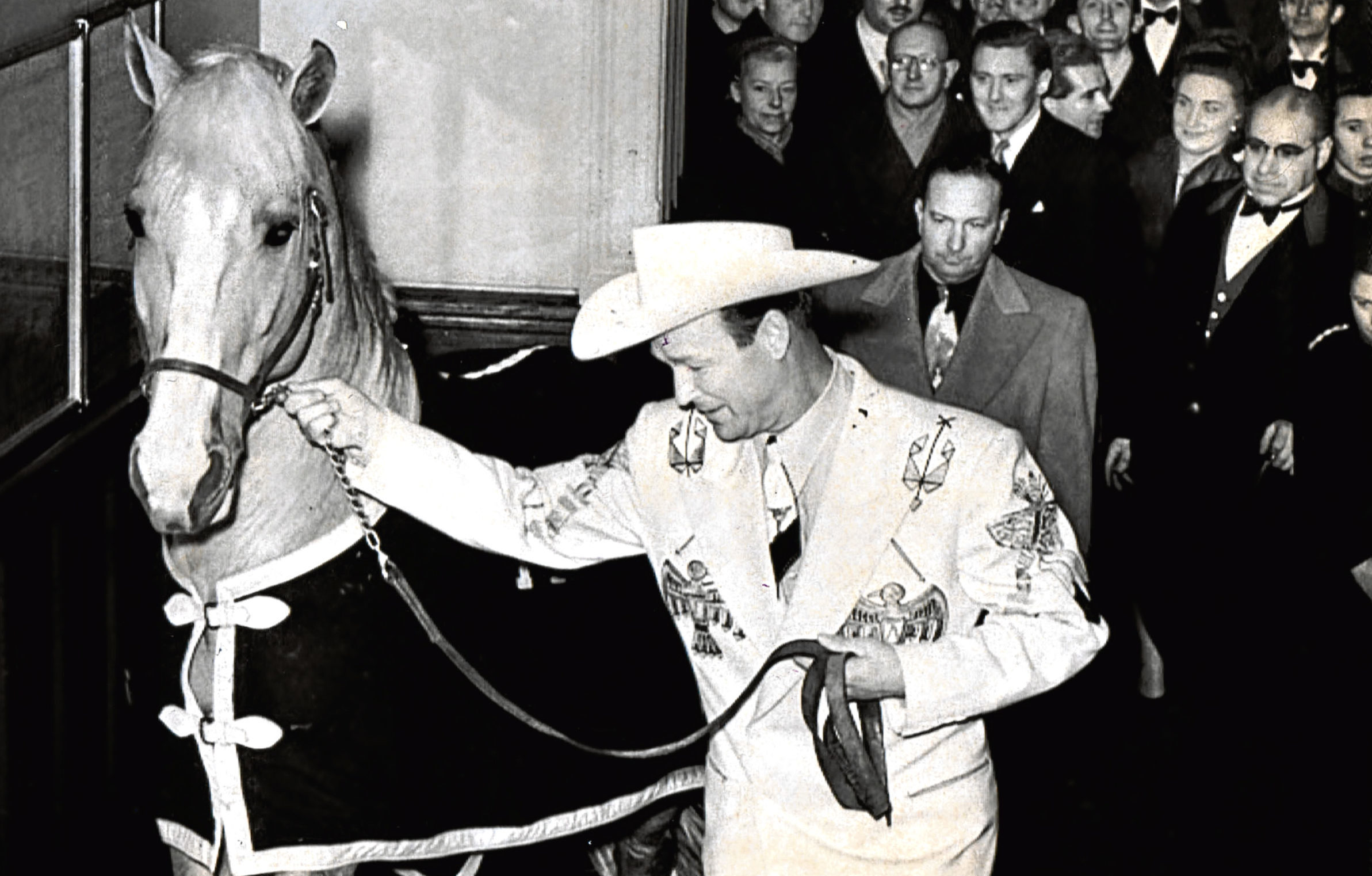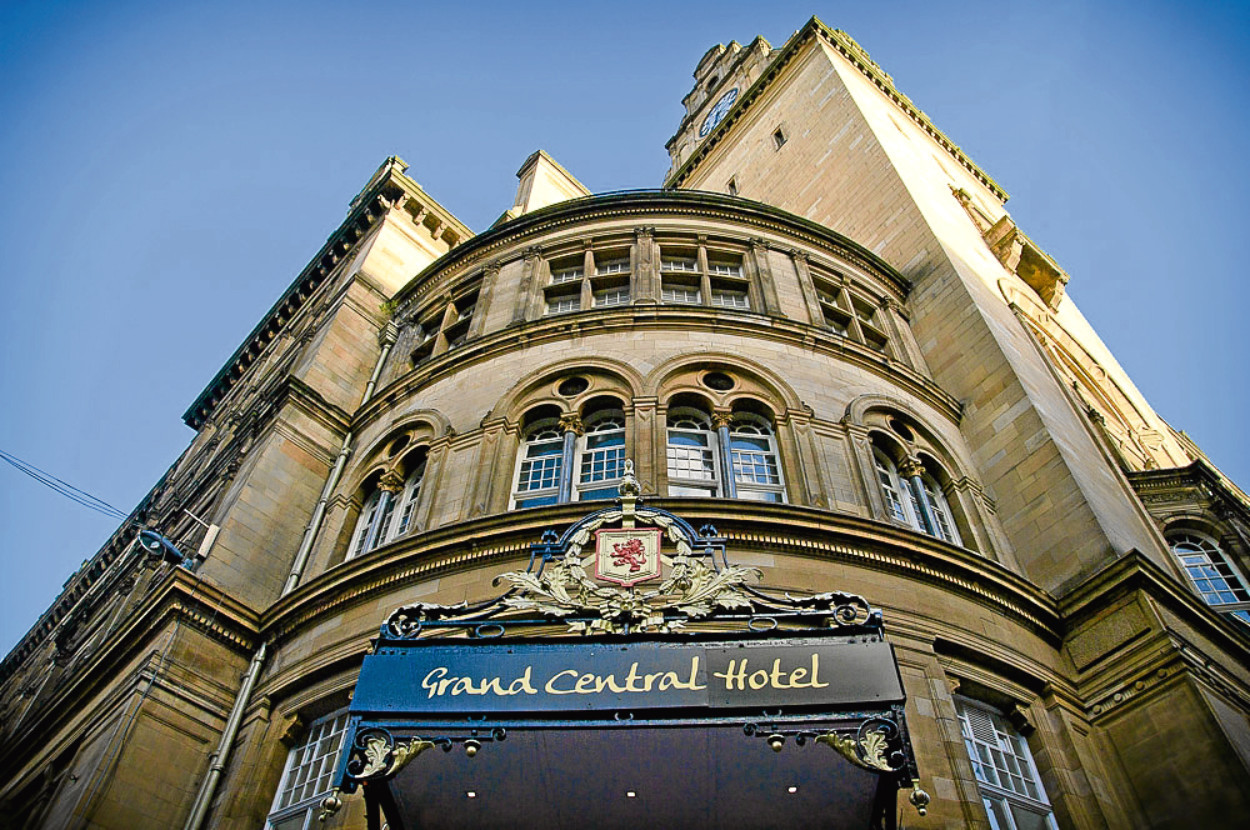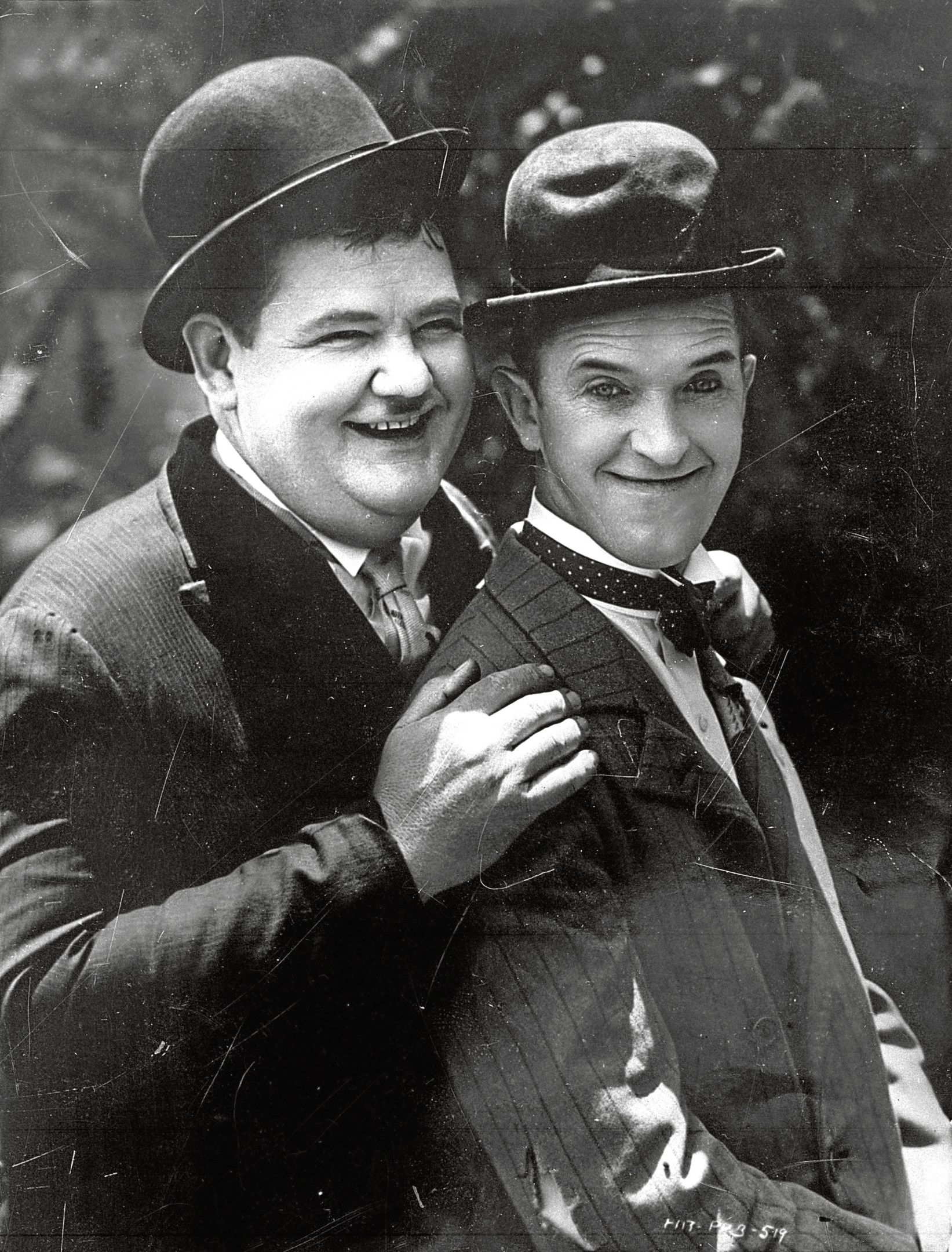
I’VE got a soft spot for Glasgow’s Central Hotel.
It was where I spent my first 12 hours as a married man.
I can’t quite claim to have spent my first night there as a non-bachelor chap as — insanely — we had to leave at four in the morning to catch a flight to Amsterdam from where our connection would jet us across the pond to begin our honeymoon proper in Boston.
Back to the Central. It can’t claim to be internationally famous like the Waldorf Astoria, the Ritz or Raffles, but it’s been a Glasgow landmark since it opened in 1883, and whenever anyone asked where our reception was to be held, they said: “The Central? Ooh, fancy.”
While they and I all knew where the Central was — at 99 Gordon Street adjoining Glasgow Central railway station on the corner of the city’s Gordon and Hope Streets — none of us had any idea of the hotel’s illustrious history.
They’re unlikely to frame the page of the hotel register with the first inscription of “Mr and Mrs Alan Shaw” on it — though they should — because we can’t hold a candle to the likes of previous guests Laurel and Hardy, Frank Sinatra, Bob Hope, The Beatles, John F Kennedy and Winston Churchill.
And like all historical buildings, there are other less-welcome residents — the ghosts of the seventh floor.
History was made there, too, when in 1927, John Logie Baird made the first-ever long-distance television broadcast from London to a room on the fourth floor.
Baird’s face was beamed north, appearing on a grainy, black-and-white two-inch screen, a far cry from the big flat-screen TVs in every room today.
And why did they choose the Central? Simple.
The bulky receiving equipment had to be transported from London by train and the easiest thing to do was trundle it across the station to the hotel next door.
When we were there more than 20 years ago, the Central was looking a little bit tired, but after a two-year, £20-million top-to-bottom refurbishment, it’s now back to its classy best with a fitting tweak to its name, the Grand Central Hotel.
Built by the Caledonian Railway Company, the Central opened its doors on June 27, 1883, in an early renaissance style with a Scandinavian clock tower that’s still a Glasgow landmark.
Its 390 bedrooms were soon doing a roaring trade but, as you’d expect, prices have changed somewhat. In 1912, a suite — including parlour, bedroom, bathroom and dressing room — would set you back 25 shillings a night.
On top of that, you’d fork out five shillings for the table d’hote dinner, one shilling and sixpence for a fire during the day and another shilling for it to be kept lit at night.
A hot or cold — eh? — bath was another shilling.
Sir Winston Churchill stayed at the Central twice, making the hotel his HQ for visits to Glasgow in 1949 and 1951, addressing Scottish Unionist supporters at Ibrox Stadium in the first instance and latterly at Green’s Playhouse.
JFK’s first visit had come in 1939, when survivors from the liner Athenia, torpedoed by a U-boat, were brought to Glasgow.
John’s father Joseph was US Ambassador to Britain and the pair lunched at the Central while visiting the rescued passengers.
Princess Margaret was a guest in the 70s, as was Prince Philip, and when he came to Glasgow with Her Majesty the Queen to begin their Silver Jubilee tour in 1977, the Royal Train pulled into the neighbouring station so the couple could join in with a parade that had been organised from a suite in the hotel. But showbiz royalty was more the Central’s stock in trade.
Roy Rogers and Gene Kelly both stayed in the Central in 1954.
Kelly used the hotel as his base while scouting locations for Brigadoon, while Rogers came to town to start a UK tour and there’s a famous photo of the “King of the Cowboys” leading his horse Trigger up the hotel’s trademark staircase.
The story was that the Palomino had his own suite, but this was just a clever promotional tale.
Rogers tipped teenage bellboy Desmond Lynn £5 — a tidy sum in those days — for carrying some of his luggage upstairs, but comedy double act Laurel and Hardy weren’t as generous.
When he asked Ollie for his autograph, the comedian commented on how small Desmond’s pencil was.
“Not as small as your sixpenny tip,” was the reply, at which the duo cracked up and each handed over another five shillings.
The Beatles had to fight their way back into the Central through thousands of screaming fans after a gig at the Concert Hall in 1963, and screaming hordes had been the order of the day when Lou Costello pretended he was about to fall out of one of the hotel windows — but only because they couldn’t see his partner Bud Abbott holding on to his pal’s belt!
Glasgow’s Grand Central Hotel by Bill Hicks and Jill Scott is published by Waverley Books.

Enjoy the convenience of having The Sunday Post delivered as a digital ePaper straight to your smartphone, tablet or computer.
Subscribe for only £5.49 a month and enjoy all the benefits of the printed paper as a digital replica.
Subscribe
